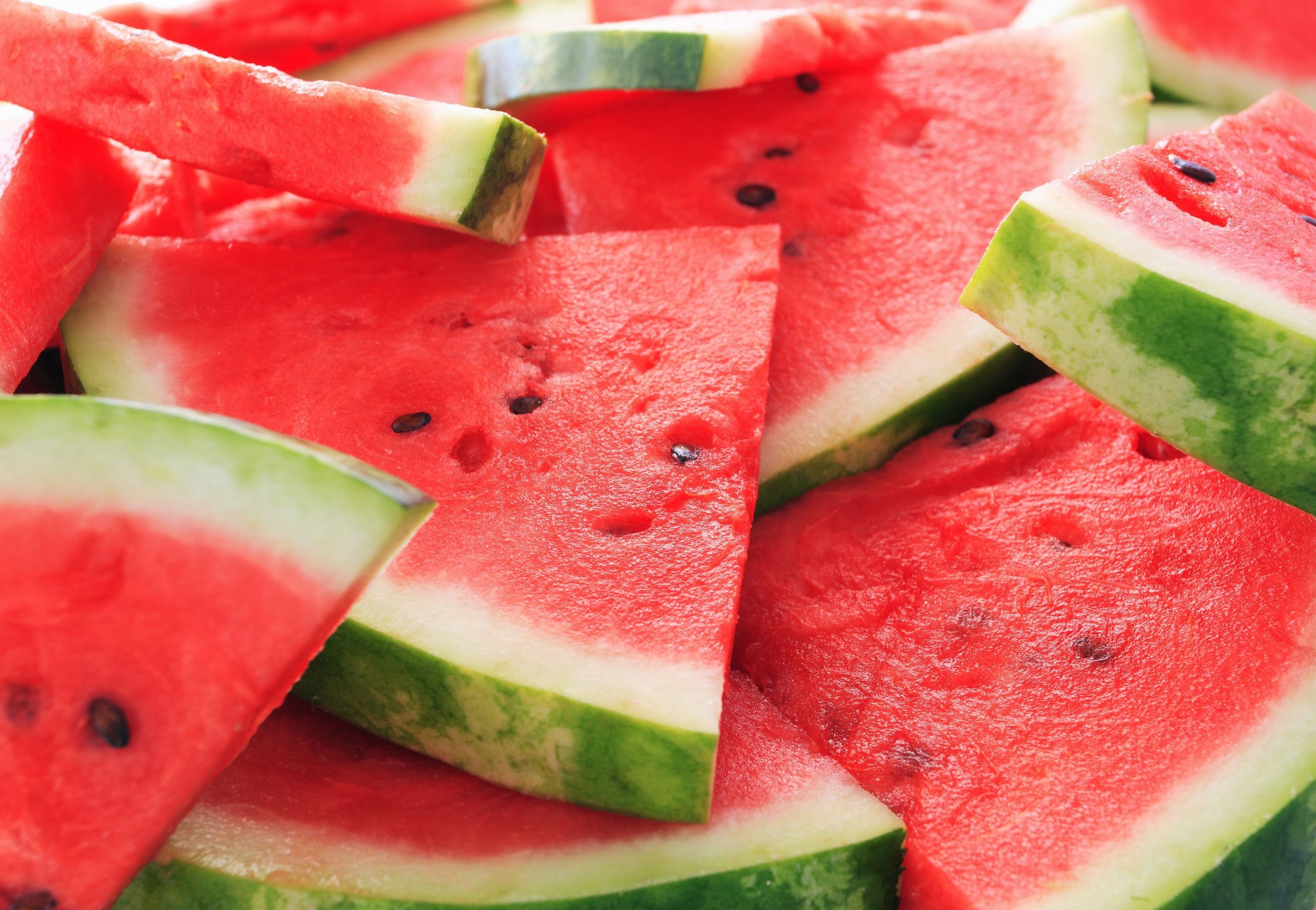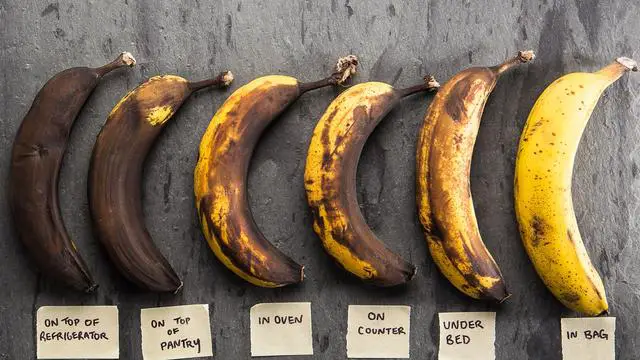
Is watermelon a fruit or a vegetable? This is a question that has puzzled people for years. Some say that it is, while others believe that it is not. Let’s take a closer look at this fruit to see if we can determine whether or not it is a vegetable.

What is a watermelon?
Watermelon, (Citrullus lanatus), is the succulent fruit of a plant of the gourd family (Cucurbitaceae), most likely native to southern Africa. watermelons probably originated in tropical Africa, where the evidence indicates that they have been cultivated for almost 4,000 years. The watermelon is thought to have been introduced into Europe by 16th-century Moorish invaders, and it was later brought to the Americas by African slaves. Today, watermelons are grown throughout the world in warm climates. They are especially popular in the United States, where annual production exceeds 2 billion pounds (900 million kg).
Watermelons are giant herbaceous plants with coarse, hairy stems and large leaves. The oblong fruits grow to a length of about 0.5–2 meters (1.6–6.6 feet) and have a hard, green rind with conspicuous white spots or stripes. The flesh is usually deep red or pink but may be orange, yellow, or white. Watermelons are generally eaten fresh as a dessert fruit or in salads, but pickled watermelon rind is also popular in some areas.
The watermelon vine is a sprawling annual with coarse, hairy stems and large leaves. The oblong fruits grow to a length of about 0.5–2 meters (1.6–6.6 feet) and have a hard, green rind with conspicuous white spots or stripes. The flesh is usually deep red or pink but may be orange, yellow, or white. Watermelons are generally eaten fresh as a dessert fruit or in salads, but pickled watermelon rind is also popular in some areas.
Watermelon Nutrition Facts
One cup (152 grams) of watermelon contains the following nutrients:
- Calories: 46
- Protein: 1 gram
- Carbs: 11 grams
- Fiber: 1 gram
- Vitamin A: 21% of the Daily Value (DV) DV= Reference daily intake set by FDA for an average adult diet of 2,000 calories per day. Higher or lower amounts may be needed depending on age, sex, and activity level.

What is a vegetable?
The term vegetable generally refers to an edible plant or part of a plant that is used as a side dish or in a salad. The vegetable category includes a wide variety of plant foods, such as beans, peas, broccoli, carrots, spinach, and potatoes. While most people think of tomatoes and cucumbers as vegetables, they are actually fruits.
What is a fruit?
Fruit is a sweet, edible part of a plant that contains seeds. Fruits are typically eaten as a snack or dessert, and can also be used to make jams, jellies, and other preserves. While fruits are often associated with plants such as apples, bananas, and oranges, they can also come from trees (such as figs), vines (such as grapes), and cacti (such as prickly pear).
So, is watermelon a vegetable or a fruit?
BOTANICALLY SPEAKING:
Any botanist worth his salt will tell you that watermelons are fruit, and believe it or not, they actually are placed in the “berry” subset of fruit. That’s because Berries are any fruit that has one or more seeds and entirely edible flesh, with no core. Watermelons fit the bill perfectly, as each one contains around 200 seeds inside its fleshy pink (or yellow) body.
CULINARILY SPEAKING:
However, from a culinary standpoint, watermelons are generally considered vegetables. That’s because they are usually eaten as part of a savory dish or as a side item, rather than as a dessert. So, while watermelons may be botanically classified as fruit, they are typically considered to be vegetables in the kitchen.
TASTE FOR YOURSELF:
Bite into a slice of ripe, juicy watermelon and you’ll most likely think “fruit.” But try pairing it with some feta cheese and balsamic vinegar, and you’ll quickly realize that this fruit can just as easily play the role of a vegetable. Besides, in some Asian cultures, watermelon rinds are pickled with savory spices, and the flesh is used in stir-fries, where it resembles a vegetable.
What Is Watermelon Made Of?
Watermelon is about 92% water, so it’s no surprise that eating it can help you stay hydrated. The other 8% of the fruit is made up of carbohydrates and vitamins, including:
Vitamin A: This vitamin is important for maintaining healthy vision, skin, and immune function.
Vitamin C: Also known as ascorbic acid, this vitamin helps the body heal cuts and wounds, fight infection, and absorb iron from food.
Potassium: This mineral is essential for regulating blood pressure and heart function.
Lycopene: This antioxidant gives watermelons their red color and may help protect against heart disease and cancer.
Citrulline: This amino acid is converted into arginine in the body, which has been shown to improve blood flow and cardiovascular health.
Watermelon also contains small amounts of vitamins B6, magnesium, and fiber.
Watermelon Rinds
While the flesh of the watermelon is the most commonly eaten part, the rind can also be eaten. It’s especially popular in Asia, where it’s often pickled or stir-fried.
The rind is slightly more bitter than the flesh but still sweet. It’s also a good source of citrulline and contains some vitamins A and C. However, it’s lower in lycopene than the flesh.
If you’re going to eat the rind, make sure to wash the watermelon first. It’s also important to remove any wax that may be on the surface, as this can make the rind difficult to digest.
To remove the wax, simply scrub the watermelon with a clean brush under running water. You can also try soaking it in a vinegar solution for 10 minutes before rinsing it off with water.
If you’re feeling adventurous, you can also try making watermelon rind pickles. Simply cut the rind into small pieces and pickle it in a vinegar solution for several days.
Can You Eat Watermelon Seeds?
Yes, watermelon seeds are edible and can be a healthy addition to your diet. They’re a good source of protein, fiber, magnesium, and zinc.
Watermelon seeds can be eaten raw, roasted, or ground into a powder. They can also be added to soups, salads, or stir-fries. If you’re not a fan of their texture, you can also try soaking them overnight before eating them.
To roast watermelon seeds, simply spread them on a baking sheet and bake at a low temperature until they’re dry and crunchy. You can also try flavoring them with salt, pepper, or your favorite spices.
Watermelon Recipe:
Watermelon, Feta, and Balsamic Salad
Ingredients:
1/2 seedless watermelon, cubed
1/4 cup crumbled feta cheese
1 tbsp balsamic vinegar
1 tbsp olive oil
1 tbsp chopped fresh mint
Salt and pepper to taste
Instructions:
- In a large bowl, combine cubed watermelon, feta cheese, balsamic vinegar, olive oil, and chopped mint.
- Season with salt and pepper to taste.
- Serve immediately or refrigerate for later. Enjoy!
Plants You Can Grow Next To Watermelon:
- Cucumbers
- Squash
- Beans
- Corn
- radishes
- Basil
- Polecat beans
- Nasturtiums
- Arugula
- Lettuce
FAQs
Are Cucumbers And Watermelons Related?
Yes, cucumbers and watermelons are related. They’re both members of the gourd family, which also includes squash and pumpkins.
What Are The Health Benefits Of Watermelon?
Watermelon is a healthy food that can help you stay hydrated and provide your body with important vitamins and minerals. Some of the potential health benefits of watermelon include improved heart health, reduced inflammation, and increased hydration.
What is the most expensive watermelon?
The Densuke watermelon is considered the most expensive watermelon in the world and it can cost a minimum of $250 up to $6,000 each.
Why Are Watermelons Called Watermelons?
Watermelons are called watermelons because they’re mostly water. In fact, they’re about 92% water.
How Do You Pick A Good Watermelon?
When picking a watermelon, look for one that’s heavy for its size and has a dull, not shiny, appearance. You should also avoid any melons with bruised or cracked skin.
Is Watermelon A Squash?
No, watermelon is not a squash. It’s a member of the gourd family, which also includes cucumbers, pumpkins, and squash.
Is Watermelon A Raw Fruit?
Yes, watermelon is a raw fruit. It’s typically eaten fresh and doesn’t require any cooking.
How much watermelon can you eat a day?
There’s no hard and fast rule for how much watermelon you can eat in a day. However, eating too much of any food can lead to weight gain and other health problems. So, it’s best to enjoy watermelon in moderation as part of a healthy diet.
Is Watermelon OK To Eat Late at Night?
Yes, watermelon is OK to eat late at night. It’s a healthy snack that can help you stay hydrated and provide your body with important vitamins and minerals. However, eating too much of any food can lead to weight gain and other health problems. So, it’s best to enjoy watermelon in moderation as part of a healthy diet.
Can You Eat Watermelon Skin?
Yes, you can eat watermelon skin. It’s safe to consume and provides your body with important nutrients, such as fiber. However, some people may find the texture of the skin to be unpleasant. If this is the case, you can always remove it before eating.
Conclusion
In conclusion, watermelons are technically fruits, but they are commonly treated as vegetables in the culinary world. Moreover, watermelons are packed with nutrients and offer plenty of health benefits, so they are a great addition to any diet.
Learn More About Grilling
If you want to learn more about grilling, check out these other helpful resources!











